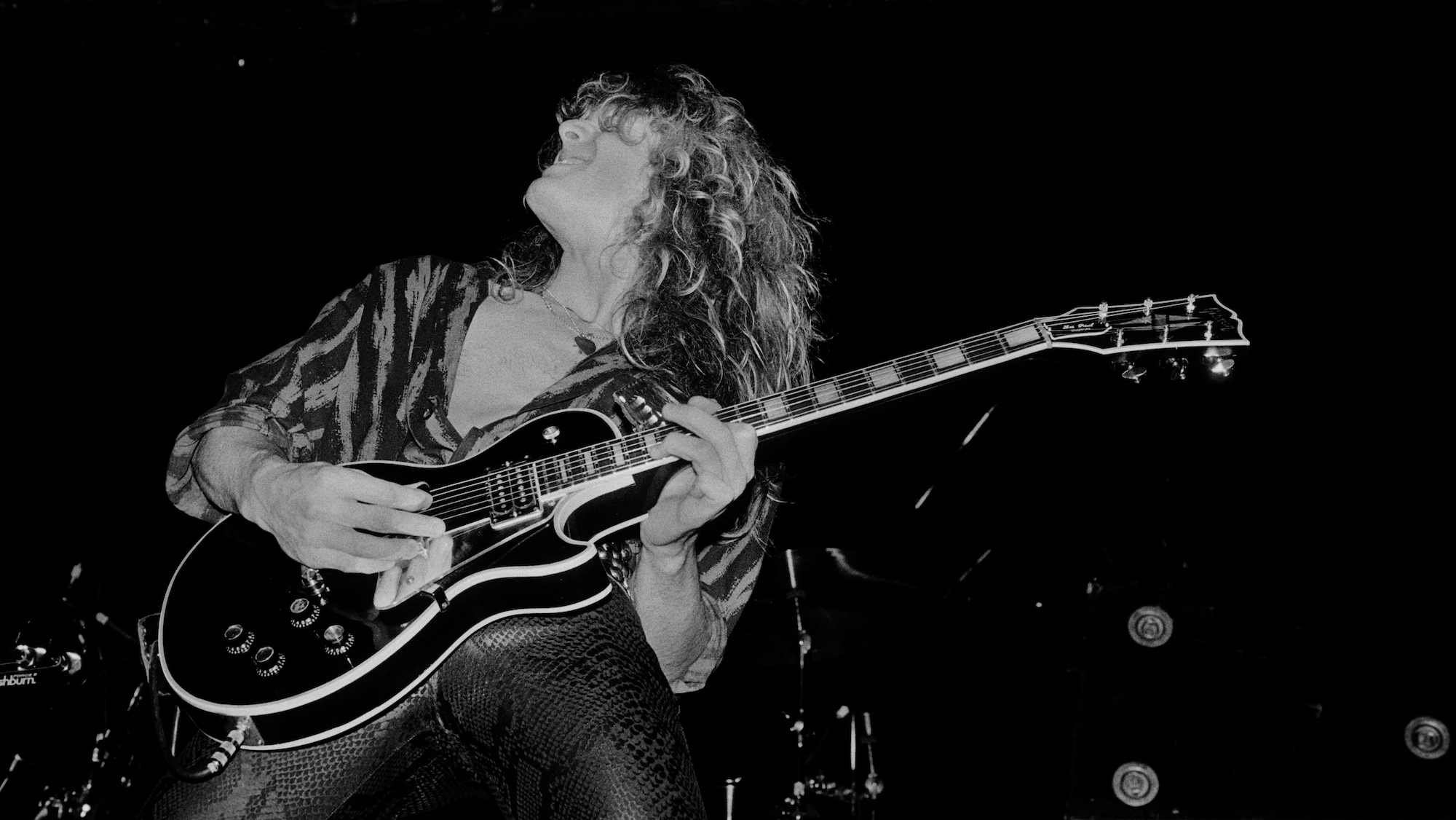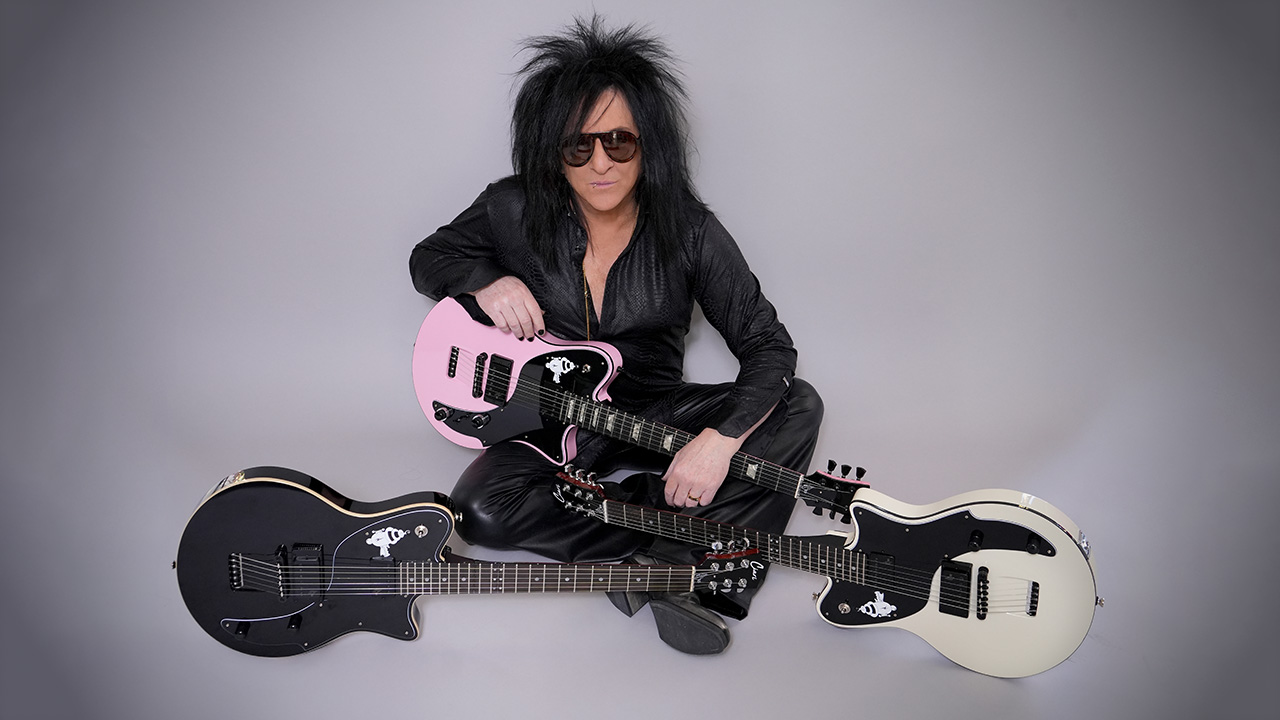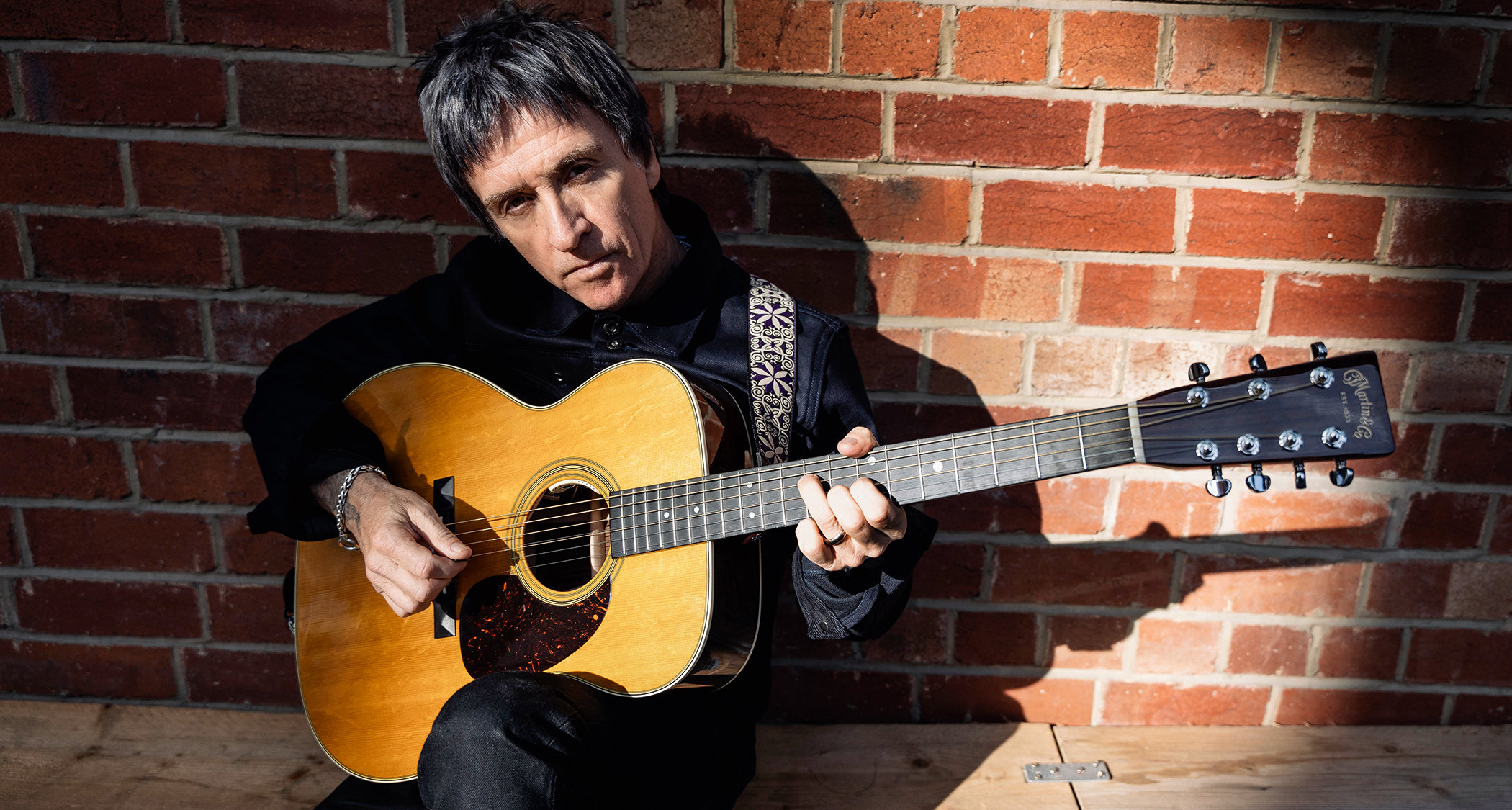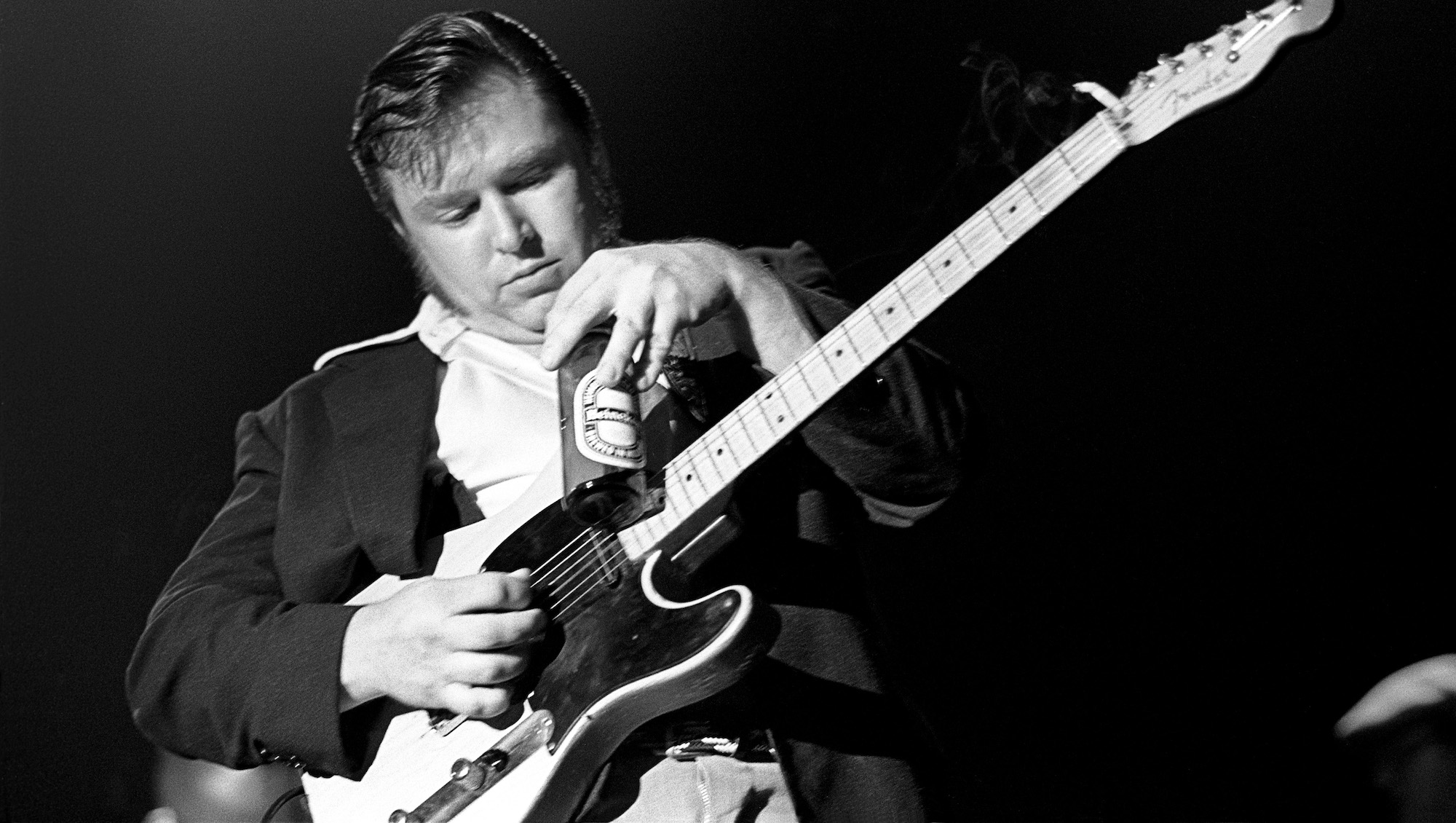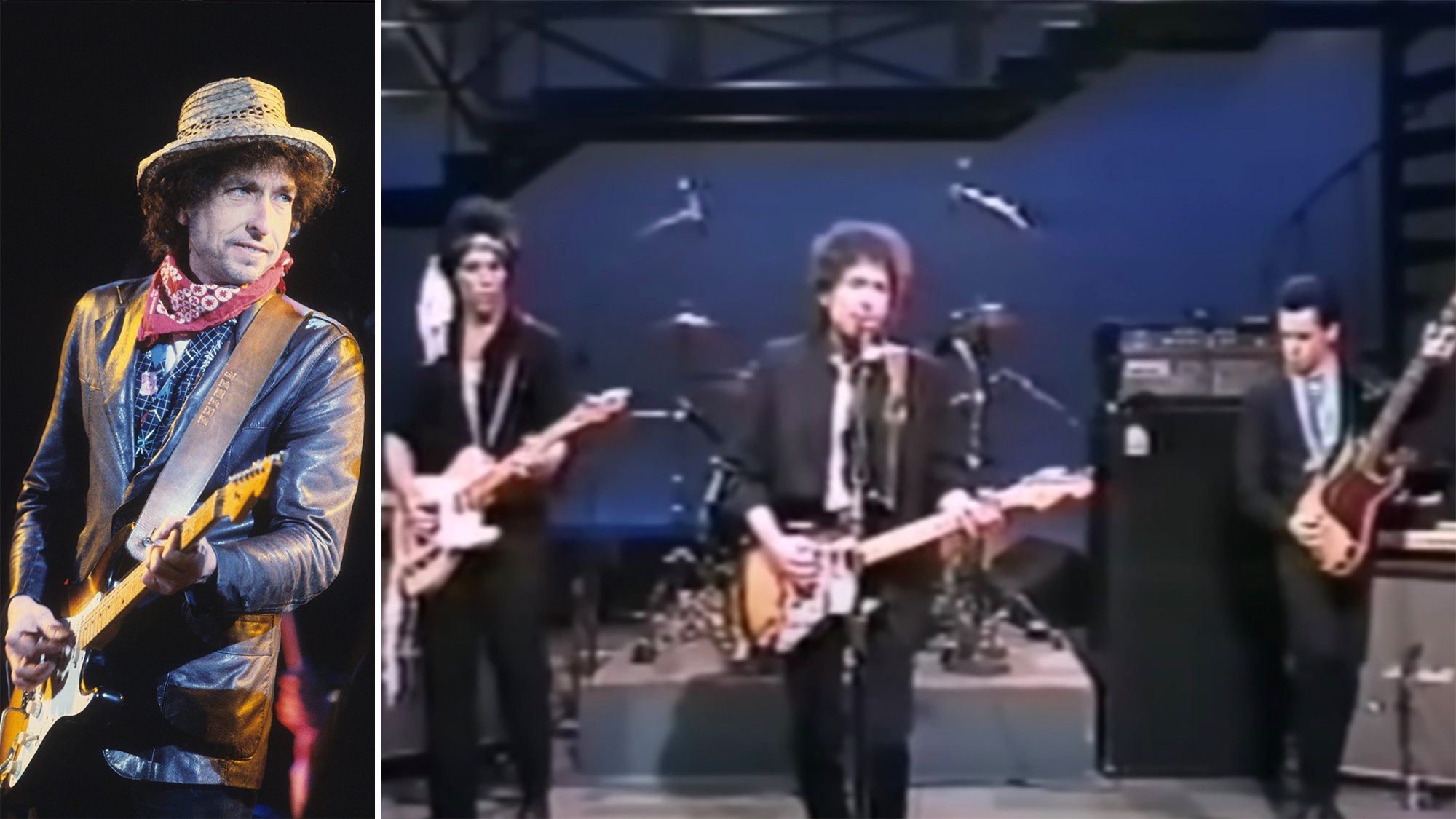Meet the Giannini Craviola, the strikingly framed acoustic guitar beloved by Jimmy Page
The Led Zeppelin legend played a 12-string version of this unsung classic, which deserves another look
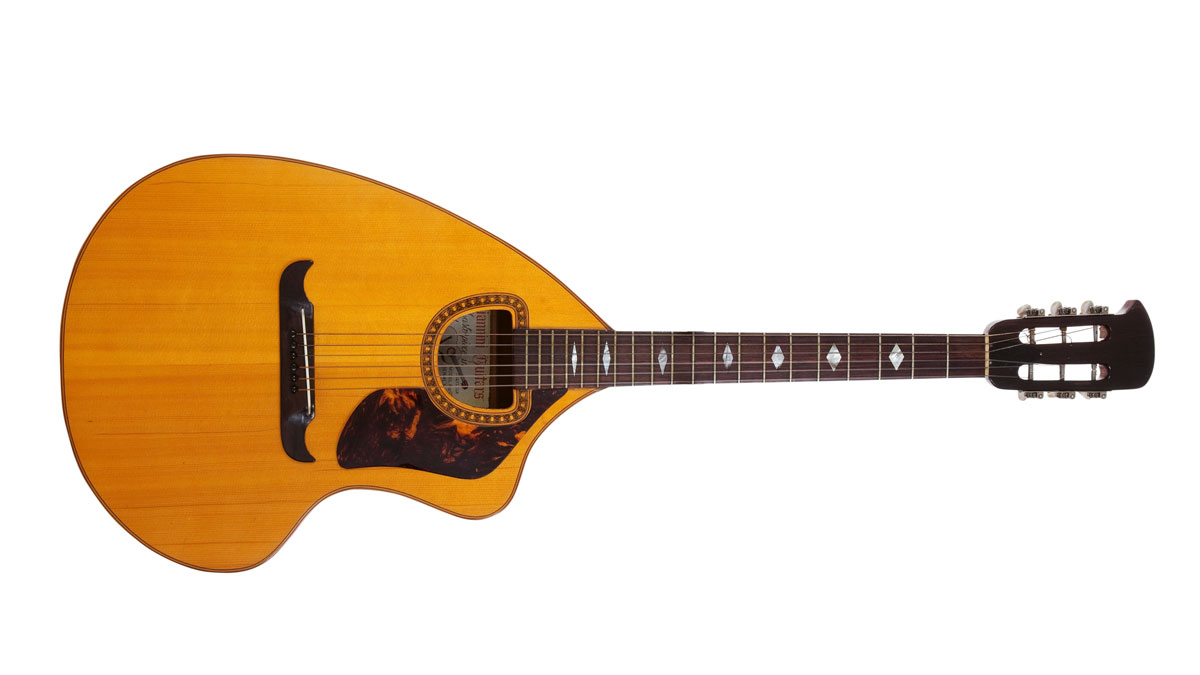
Best known as a composer and singer, Brazilian guitarist Paulinho Nogueira should also be celebrated as a brilliant designer, whose Craviola is one of the most distinctive and beautiful guitar designs ever made.
Its sound is distinctive, a cross between a harpsichord (in Portuguese, cravo) and the traditional 10-string Brazilian guitar, the viola caipira. Nogueira coined the name Craviola for his creation and collaborated with São Paulo instrument maker Giorgio Giannini to produce the guitar.
It was produced in three styles, including a 12-string. Although it has been played by notable players, including Jimmy Page, who played a 12-string Craviola, it has been largely ignored. This is a shame, given the distinctive and beautiful sound it creates.
The body shape echoes that of a lute – a large teardrop shape on the upper body, disrupted by the flowing, wavelike lower body. This disruption of the traditional acoustic guitar shape has its detractors, but it is hard to argue with the sound: bell-like, sweet, with a lovely sustain.
The D-shaped sound hole is reminiscent of Mario Maccaferri’s Selmer, the mustache bridge harkens back to 19th-century Italy, and the generous neck has all the feel of a classical guitar.
The guitar’s materials are traditional: Sitka spruce top with laminated rosewood sides and back, a mahogany neck, and a rosewood fingerboard. With a characteristic flourish, Nogueira gave the headstock a little comma shape, almost a wink.
Largely ignored by guitar aficionados, perhaps the time is now right for a reappraisal of this elegant and sweet-sounding acoustic guitar.
Get The Pick Newsletter
All the latest guitar news, interviews, lessons, reviews, deals and more, direct to your inbox!
Specs
- Type and body: Single-cutaway acoustic guitar. Sitka spruce top. Rosewood back and sides.
- Neck and Fingerboard: Mahogany neck. Rosewood fingerboard.
- This is an excerpt from Guitar: The Shape of Sound by Ultan Guilfoyle, a celebration of 300 years of guitar design history, showcasing a curated selection of guitars from 1700 to the present day. The book is available from February 23 via Phaidon.
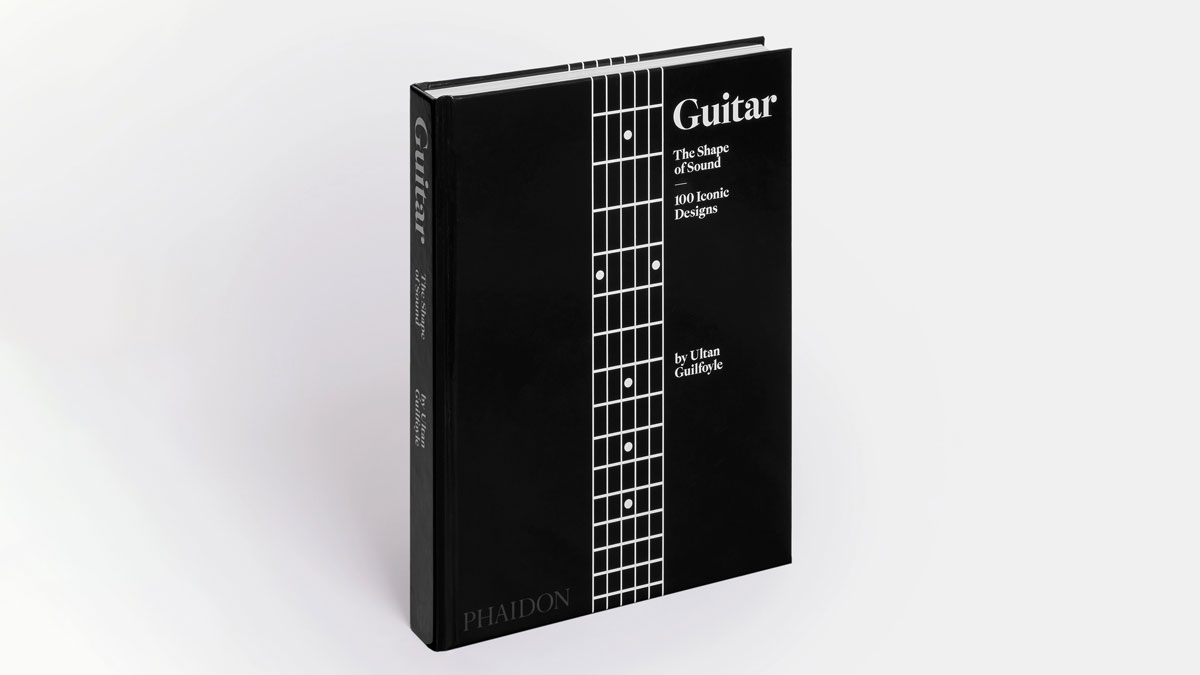
“While the odd corner has clearly been cut, these are true Gibsons with all the individuality that this brand exhibits”: Gibson J-45 Special and Hummingbird Special review
“Fender has stripped back the price – but has it gone too far paring back the sounds, too?” Fender Standard Acoustasonic Telecaster review

